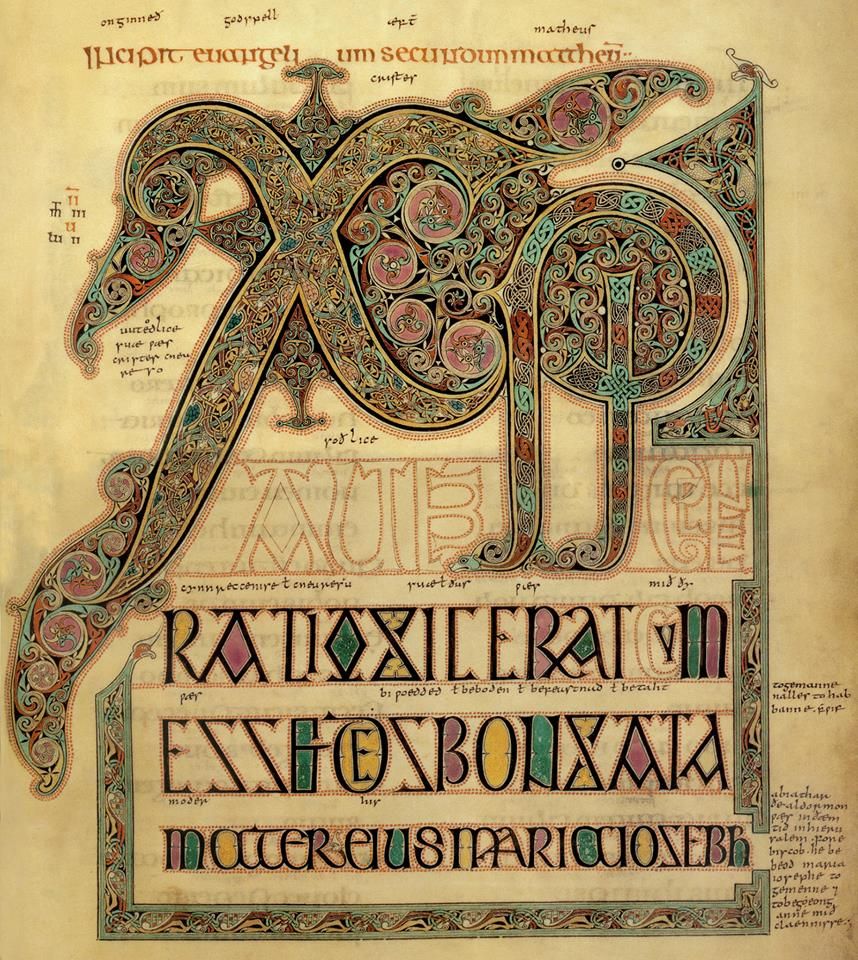 Submitted by SHABDA - Preceptor on
Submitted by SHABDA - Preceptor on

HAPPY XMAS – X is the abbreviation of the name Christ and has been in use since early Christian times. Many people nowadays are mistakenly of the opinion that the use of “Xmas” is a recent invention or a secular attempt to remove the religious tradition from Christmas by taking the "Christ" out of "Christmas. The practice of using contractions for divine or sacred names (nomina sacrum) started sometime in the 1st Century AD although the exact date remains unknown.
'X' is an ancient abbreviation for the word 'Christ' which comes to us from ancient Greek and is written in the Greek alphabet ΧΡΙΣΤΟΣ (cristos) The first two letters are called Chi and Rho and were used to form one of the earliest Christograms, which is a monogram or combination of letters that forms an abbreviation for the name of Jesus Christ. Known as the Chi-Rho it is traditionally used as a Christian symbol. The Christian Roman emperor Constantine I (b. 272AD) used it as a vexillum (military standard) which in turn was known then by the name Labarum.
Christ is not a surname/family name but a title meaning 'anointed'. The online etymological dictionary says “a title, treated as a proper name in Old English, but not regularly capitalized until 17c. Pronunciation with long -i- is result of Irish missionary work in England, 7c.-8c. The ch- form, regular since c.1500 in English, was rare before. Capitalization of the word begins 14c. but is not fixed until 17c. The 17c. mystical sect of the Familists edged it toward a verb with Christed "made one with Christ."
Webster’s Dictionary of English Usage (Merriam-Webster, 1994) states that, through the centuries, words like Christian, Christianity, christened, and Christopher were also written as Xtian, Xtianity, Xstened, and Xpofer. More recently we have added to this list Xbox, X-ray, Windows XP etc. (This last sentence is a bit of devilment!)

Image: the Chi-Rho page from the the Book of Lindisfarne, an Irish monastic foundation (c. 634AD) on a tidal island off the north east coast of England also known just as Holy Island.
Note the distinctive long left leg on the Chi/X which is a style found also in the Book of Kells, Book of Durrow, St. Gallen Gospel Book, MacDurnan Gospels and maybe more. A further feature is that in Irish manuscripts it is not unusual to find the first three letters used in the monogram thus Chi-Rho-Iota.
Can you make out the text? Between the square brackets below is the text on the page.
In the Latin Vulgate the verse is "[Christi (XPI) autem generatio sic erat cum esset desponsata mater eius Maria Ioseph] antequam convenirent inventa est in utero habens de Spiritu Sancto."
[Now the birth of Jesus Christ took place in this way. When his mother Mary had been betrothed to Joseph], before they came together she was found to be with child from the Holy Spirit.
- 1981 reads